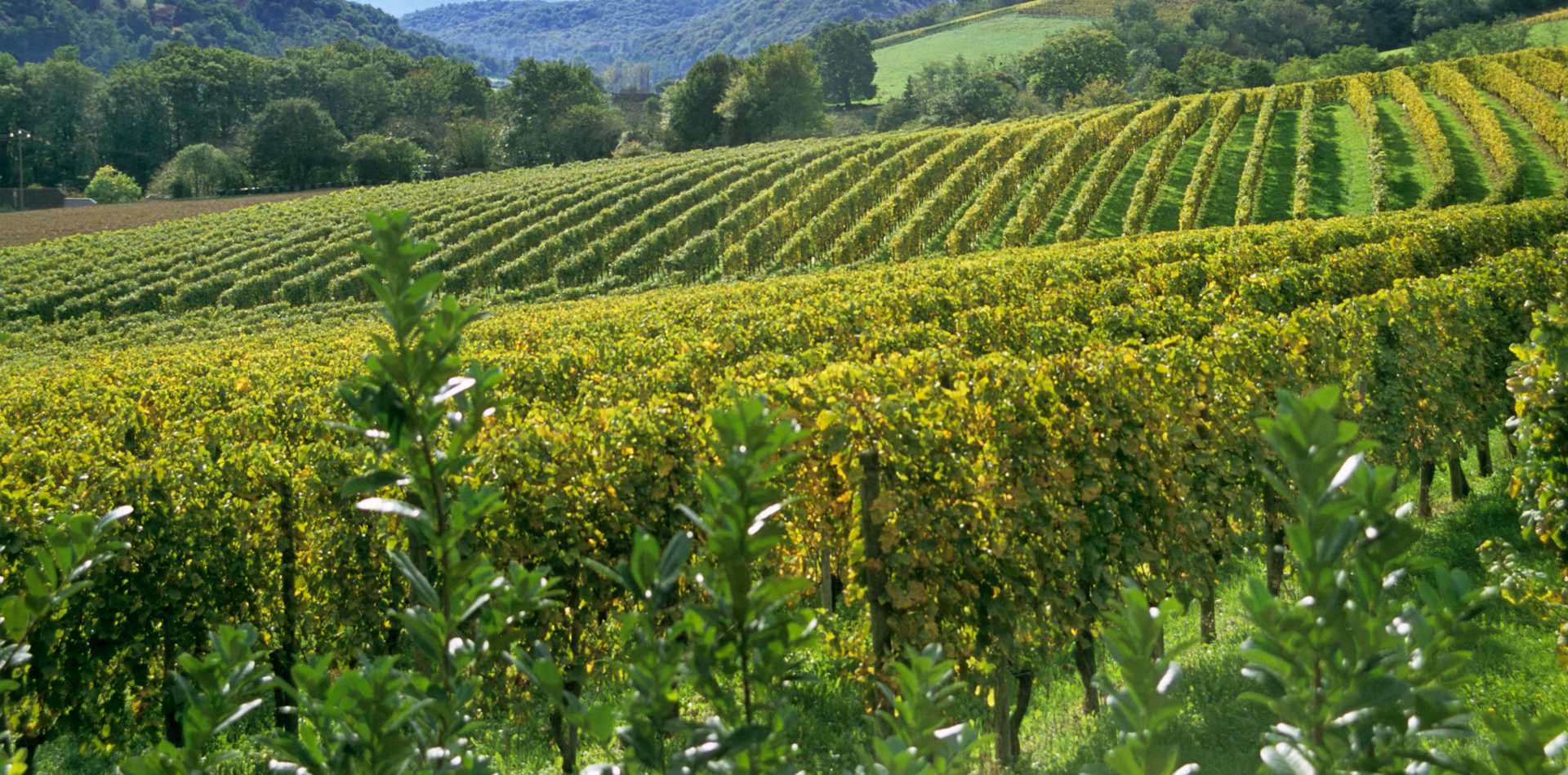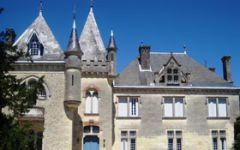Chateau Cote de Baleau 2019
-
Jeb
Dunnuck -
Robert
Parker -
James
Suckling - Decanter



Product Details
Your Rating
Somm Note
Winemaker Notes
A deep color with blackcurrant, blackberry and raspberry tones. Spicy, slightly toasted notes. After a round, tender entry on the palate, great freshness comes through with silky, flavorsome tannins, giving superb length of flavor and a lingering finish.
Blend: 90% Merlot, 10% Cabernet Franc
The Barrel Sample for this wine is above 14% ABV.
Professional Ratings
-
Jeb Dunnuck
The 2019 Château Côte De Baleau shows beautifully, with lots of spicy red and black fruits, subtle background oak, medium to full body, and a great finish. I loved the 2016 and 2018, and this is certainly in the same ballpark.
Barrel Sample: 91-93 -
Robert Parker's Wine Advocate
Displaying an opaque purple color, the 2019 Cote de Baleau bursts with plum preserves, baked blackberries and blueberry pie scents plus nuances of mocha, bouquet garni, tapenade and woodsmoke. The medium to full-bodied palate is coated with rich, dark fruits and oodles of freshness, framed by plush tannins and finishing on a lingering aniseed note.
Barrel Sample: (89 - 91)+
-
James Suckling
Pine needles, bark, potpourri, blackberries and currants on the nose. It’s medium-bodied with tight, chewy tannins. Fleshy, textured finish. Try after 2024.
-
Decanter
Austere attack to the wine, with cassis and blueberry fruits that show salinity and mouthwatering qualities but also the flipside of pronounced acidity. This has plenty of life ahead, with a texture that softens as the charred oak adds sweetness and width. Owned by the Cuvelier family with Michel Rolland as consultant.
Barrel Sample: 90
Other Vintages
2022-
Jeb
Dunnuck -
James
Suckling - Vinous
- Decanter
-
Jeb
Dunnuck -
James
Suckling - Decanter
-
Robert
Parker
-
Jeb
Dunnuck -
James
Suckling -
Wine
Enthusiast - Decanter
-
Jeb
Dunnuck -
James
Suckling - Decanter
-
Wine
Spectator
-
Robert
Parker -
Wine
Spectator -
James
Suckling

One of the world’s most classic and popular styles of red wine, Bordeaux-inspired blends have spread from their homeland in France to nearly every corner of the New World. Typically based on either Cabernet Sauvignon or Merlot and supported by Cabernet Franc, Malbec and Petit Verdot, the best of these are densely hued, fragrant, full of fruit and boast a structure that begs for cellar time. Somm Secret—Blends from Bordeaux are generally earthier compared to those from the New World, which tend to be fruit-dominant.

Marked by its historic fortified village—perhaps the prettiest in all of Bordeaux, the St-Émilion appellation, along with its neighboring village of Pomerol, are leaders in quality on the Right Bank of Bordeaux. These Merlot-dominant red wines (complemented by various amounts of Cabernet Franc and/or Cabernet Sauvignon) remain some of the most admired and collected wines of the world.
St-Émilion has the longest history in wine production in Bordeaux—longer than the Left Bank—dating back to an 8th century monk named Saint Émilion who became a hermit in one of the many limestone caves scattered throughout the area.
Today St-Émilion is made up of hundreds of independent farmers dedicated to the same thing: growing Merlot and Cabernet Franc (and tiny amounts of Cabernet Sauvignon). While always roughly the same blend, the wines of St-Émilion vary considerably depending on the soil upon which they are grown—and the soils do vary considerably throughout the region.
The chateaux with the highest classification (Premier Grand Cru Classés) are on gravel-rich soils or steep, clay-limestone hillsides. There are only four given the highest rank, called Premier Grand Cru Classés A (Chateau Cheval Blanc, Ausone, Angélus, Pavie) and 14 are Premier Grand Cru Classés B. Much of the rest of the vineyards in the appellation are on flatter land where the soils are a mix of gravel, sand and alluvial matter.
Great wines from St-Émilion will be deep in color, and might have characteristics of blackberry liqueur, black raspberry, licorice, chocolate, grilled meat, earth or truffles. They will be bold, layered and lush.


